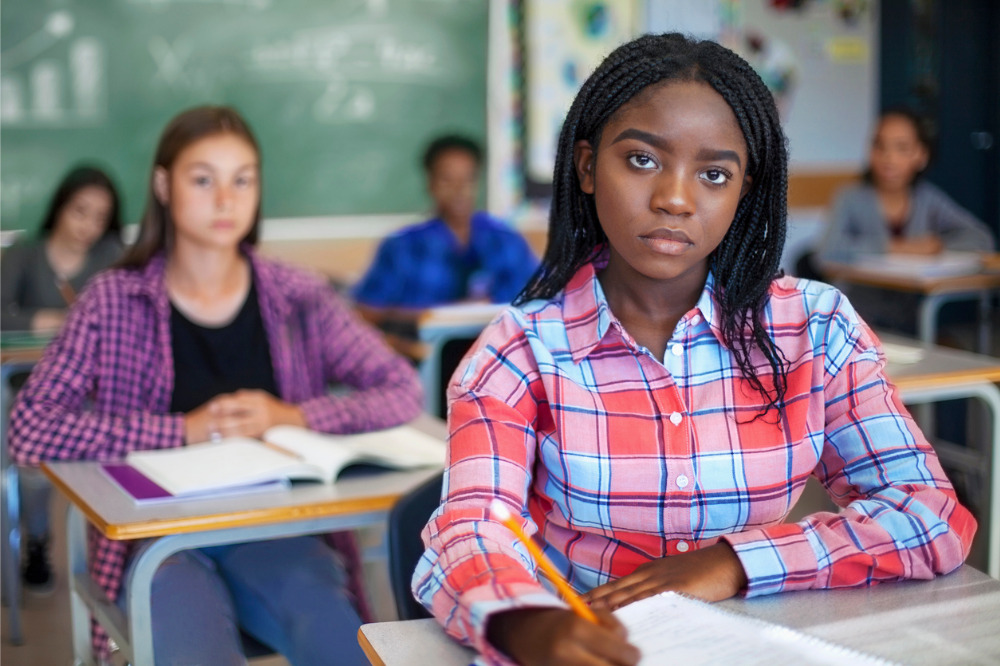
Despite the eagerness shown by most children to learn about race and racism, many teachers and parents feel that they lack the competency to discuss racial issues and deliberately avoid having such conversations, a new study has found.
Researchers from Monash University’s Faculty of Education discovered a “code of silence” among adults when it comes to discussing racism with children. This avoidance often allows “elements of racial bias” to develop, which children can bring into adulthood.
“Racial bias begins in childhood, slowly develops across the lifespan, and becomes deeply ingrained and resistant to change by adulthood,” said Hannah Yared, psychologist, PhD candidate and the report’s lead author. “Children also experience racism regularly. In fact, the most common place where children experience racism is in school settings.”
She also described schools as places where children can learn positive and negative messages about race.
The study uncovered four key themes in Australian primary school attitudes towards racism – a lack of teacher confidence and competency regarding racial issues, white normativity, colour-evasiveness, and silencing.
“Although children are capable and in need of discussions about race, parents and teachers are actively avoiding these conversations and maintaining a colour-evasive view that children don’t see race,” Yared said. “Refusing to talk about race does nothing to combat the issue – negative views go unchecked and continue onto adulthood.”
The study noted that teachers and parents need to have the necessary training to feel confident about having these conversations with children. They also need to be provided the adequate space and time to do so.
Racial bias happens when someone has “unfairly negatively or positively held views, feelings or evaluations about a person based on their race,” according to the study.
“Explicit (self-reported) racial bias tends to be strongest during childhood and tends to fade during adolescence,” Yared said. “In contrast, research shows our implicit racial bias remains stable from childhood through to adulthood. This means we’re all a little bit more racist than we’d like to admit.”
The report found that many teachers have “silenced conversations” about race, racism, and racial bias as they did not actively engage in such discussions. It also revealed that teachers “didn’t agree nor believe” that racism occurred in their schools and believed “children don’t see race,” subsequently silencing the issue.
“Avoiding sensitive topics does not address or combat discrimination,” Yared said. “Instead, avoidance merely instils incorrect information in children pertaining to race and inclusion.”
“Incorporating a top-down approach and inscribing racial understanding and antiracist competencies into government policy, to ensure that teachers and school leaders are accountable, will encourage inclusion in schools.”
Yared added that increasing teachers’ self-awareness of their own biases and worldviews might also contribute to increasing their confidence in discussing racial issues with children.


